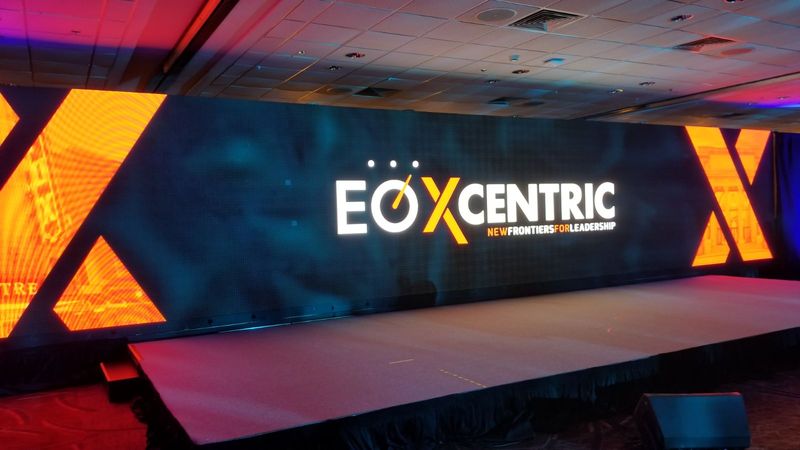Exploring the Wide-ranging Connectivity Solutions Available for Light Emitting Diode Display Panels
Exploring the Wide-ranging Connectivity Solutions Available for Light Emitting Diode Display Panels
Blog Article
Light Emitting Diode wall panels have gained popularity for their capacity to deliver crisp imagery in multiple settings, from professional environments to entertainment venues. One of the most significant aspects of these panels is their connectivity capabilities, which allow users to connect them to multiple devices and systems. Comprehending the diverse connectivity options supported for Light Emitting Diode wall panels is vital for enhancing their use and effectiveness. This discussion details these features, showcasing how they can cater to various needs and preferences.
One frequent connection method for Light Emitting Diode wall panels is HDMI. HDMI is broadly known for transmitting crisp video and audio streams between devices. This connection type is especially useful in commercial environments, such as meeting spaces or classrooms, where presentations or video content are often displayed. By using HDMI cables, operators can seamlessly link laptops, projectors, and streaming devices to Light Emitting Diode wall panels, guaranteeing a clear and vibrant presentation of media.
Another popular connectivity method is Display Port, which is similar to HDMI but offers enhanced benefits. DisplayPort can support higher refresh rates and display outputs, making it an ideal choice for gaming or graphic-intensive applications. For those deploying Light Emitting Diode wall panels in environments where performance is essential, such as competitive gaming venues or creative workspaces, DisplayPort can provide the necessary visual clarity. Moreover, many modern computers and graphics cards include Display Port connections, making it a practical option for tech-savvy click over here now users.
In contrast to High-Definition Multimedia Interface and Display Port, wireless connectivity options are becoming increasingly prevalent in LED wall panel solutions. Cable-free interfaces allow users to transmit content without the need for physical cables, promoting a streamlined and more adaptable configuration. Technologies such as Wi-Fi and Bluetooth enable users to link smartphones, tablets, and laptops seamlessly to Luminescent Diode wall panels without tangled wires. This convenience is especially beneficial in dynamic environments like exhibitions or events, where quick changes to displays are often needed.
For larger deployments or more intricate setups, network connectivity through Ethernet is another viable solution. Wired links provide a consistent and robust way to integrate multiple Light Emitting Diode wall panels within a network. This setup is ideal for digital signage applications found in shopping malls or airports, where multiple panels may need to display synchronized content across a wide area. By using Ethernet cables and network switches, users can guarantee that all linked panels receive uniform data and content seamlessly.
Finally, it's crucial to evaluate the evolution of connectivity with technologies such as USB-C and Thunderbolt 3. These newer connection types offer increased data transfer speeds and versatility by allowing one connector to handle both power delivery and data transmission. As more devices adopt these standards, LED wall panels equipped with USB-C ports will likely become more common. This evolution in connectivity not only improves the functionality of LED wall panels but also aligns with the growing trend of minimalism in technology setups by reducing the number of cables required.
In summary, examining the broad interface methods accessible for Light Emitting Diode wall panels uncovers More Help many opportunities for users across various fields. From traditional methods like HDMI and DisplayPort to modern cordless technologies and network connections, each option serves unique purposes tailored to specific needs. Furthermore, next-gen technologies like Universal Serial Bus-C offer further developments in how professionals interact with Luminescent Diode wall panels. By grasping these integration alternatives, end-users can make informed decisions that enhance their overall experience with these versatile visual solutions.
